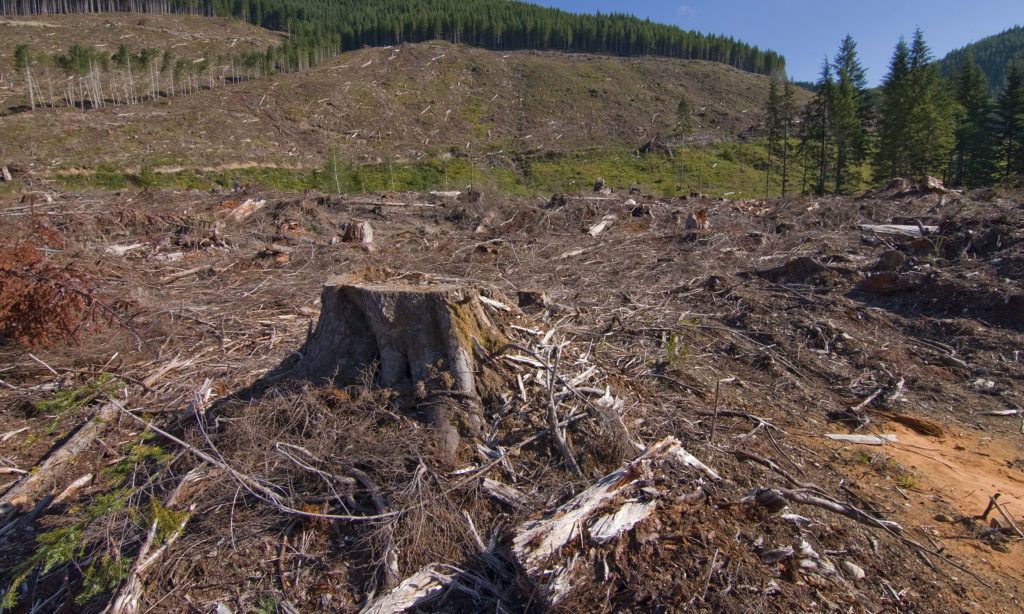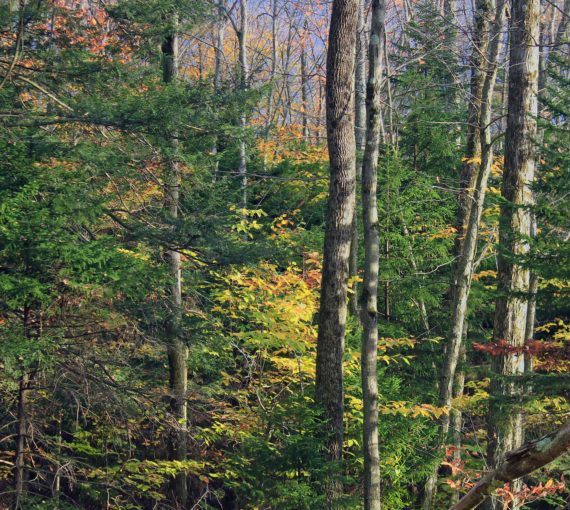
In May 2019, the Blueberry River First Nations court case against the province began: the case focuses on the fact that the cumulative impact of industrial activities has significantly impacted the lands and wildlife within Blueberry’s traditional territory and, accordingly, their treaty rights.
Ontario’s new government is proposing to increase vehicle speed limits. A striking metaphor, as, it seems to me, politicians are often not fond of limits.
Limits were also a significant theme in the B.C. trial: while the province argued it has right to take up land, granted through the treaty, Blueberry’s lawyer responded by articulating the need for limits to such “taking up” activities.
In Giltrow’s words:
The guarantee of protection of a mode of life based on the meaningful exercise of the right to hunt, trap and fish was understood to be one that would continue no matter how the Province developed and irrespective of the decisions of the Provincial Crown. That guarantee limits the power of the Province to take up land. This does not mean that no change is permitted, but it does impose a limit. The Defendant mischaracterizes the Plaintiffs’ claim as being for some absolute entitlement to “continuity of nineteenth century patterns of land use.”
As someone who has worked to advance caribou recovery for almost 20 years, I see limits as a constant topic of conversation in my work, too.
Habitat loss and destruction drive most species declines, but in many instances, recovery has been hindered by a lack of knowledge about the limits of habitat disturbance that a species can withstand.
This was the case for boreal caribou until 2008, when the federal government appointed 18 experts to conduct a meta-analysis of North American caribou studies. They discovered a clear relationship between total habitat disturbance (industrial and natural) in a caribou range and population condition (measured through calf survival). This gave provinces, territories and industries the information required to manage caribou by adopting a risk-based approach to limit disturbances in caribou ranges.
In fact, in the federal recovery strategy for boreal caribou released in 2012, Environment and Climate Change Canada directed provinces and territories to develop range plans within 5 years that outlined how caribou habitat would be managed such that a minimum of 65% undisturbed habitat was maintained or restored in each range. According the relationship between habitat disturbance and calf survival (which was reviewed and upheld in 2011), this would afford caribou a mere 60% probability of persistence.
Yet, at present, there are no completed and approved range plans that successfully apply the disturbance threshold. As the 2017 federal progress report on the boreal caribou recovery strategy’s implementation reveals, habitat condition in the majority of caribou ranges in Canada has worsened, and caribou throughout the country have continued to decline. Indeed, two populations of southern mountain caribou, which lived in B.C. for thousands of years, were wiped out last year as a result of human activities.

Spotted owl.
I often wonder: at what point will it be enough for us to change course? If not when populations are becoming extirpated (locally extinct), then when? Sadly, I have seen the path of inaction play out before — in 2004, I participated in a legal challenge to protect the spotted owl in B.C. when its survival in the province was threatened by logging. Despite strong evidence of the drivers of its decline and its population trend, and promises of future conservation measures, the province failed to apply sufficient limits to industrial activity in the forest and in the end had to bring the owls into a captive breeding program as they became functionally extinct in the wild.
The province seems to be taking a similar “we only need to act when it’s too late” approach in its interpretation of its obligations under the treaty. According to their lawyer:
The test for treaty infringement is not met by proof of interference with hunting or trapping at preferred locations, or adverse impacts on wildlife populations, or adverse impacts on hunting and trapping having regard to the role of hunting and trapping in the life of the Plaintiffs (all of which were established in Mikisew). The test for infringement is whether the Crown “has taken up so much land that no meaningful right to hunt remains.
Giltrow responded by stating:
There can be no reasonable suggestion that the standard in Mikisew requires that the Plaintiffs wait until there is no possible place or opportunity left to hunt, trap or fish to seek enforcement of the Treaty by the Court. Such a standard would effectively be tantamount to extinguishment of the right, which is not legally possible subsequent to the enactment of section 35 of the Constitution.
The most frustrating thing about the province’s recalcitrance to make changes is that solutions are at hand, and they are neither outlandish nor radical. They require the adoption of cumulative assessment models, changes to extraction rates and stronger standards for restoration. (See the community’s recommended remedy bundle in “The question of modernity.”)
Robin Kimmerer, author of Braiding Sweetgrass: Indigenous Wisdom, Scientific Knowledge, and the Teachings of Plants, calls extraction activities that are truly sustainable “the honourable harvest.” Setting limits to our industrial footprints such that ecosystem functionality is maintained is the only way to operate with foresight on a finite planet. It is also the only way to leave behind a less diminished world than the one we were born into.
This is the fourth article in a five part series on the legal challenge by Blueberry River First Nations against the Province of B.C. over treaty rights infringement.
Our work
Always grounded in sound evidence, the David Suzuki Foundation empowers people to take action in their communities on the environmental challenges we collectively face.



